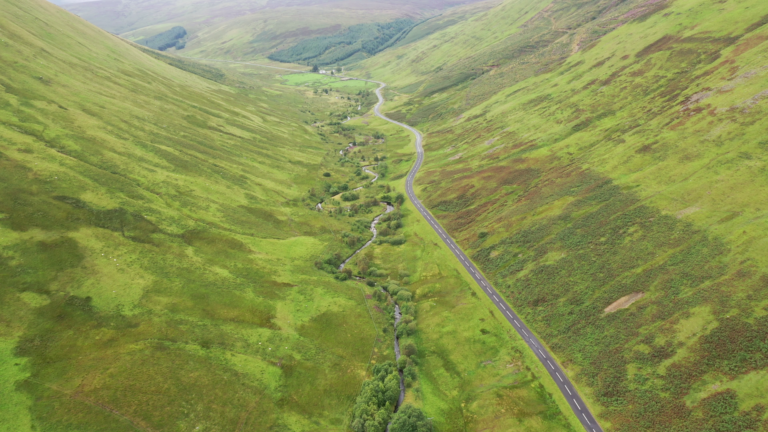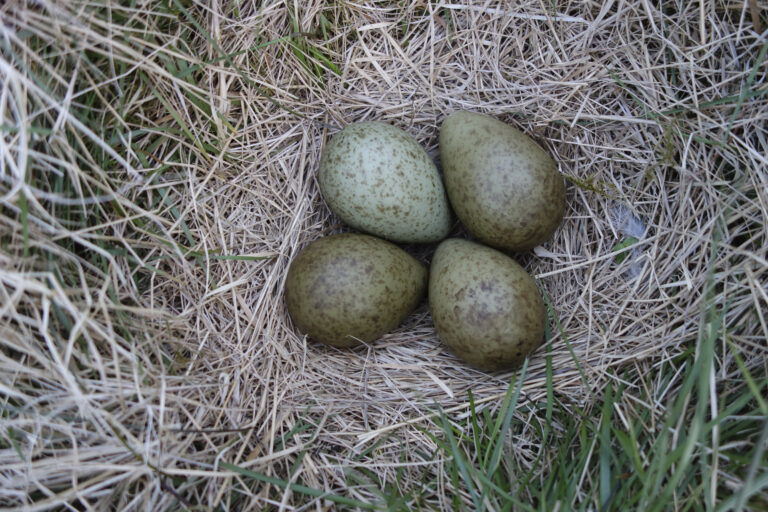In the summer of 2022, leading environment charities joined together with farmers’ groups to launch the Farm for Scotland’s Future campaign, calling on the Scottish government to make farming work for nature, climate and people.
The organisations involved – many of them members of Scottish Environment LINK – have been advocating for years for changes to government support and funding for farming, to better help and encourage farmers and crofters to produce food in harmony with nature and the climate. We want to ensure we have a vibrant and successful agriculture sector that looks after our environment, which in turn will underpin our food security for generations to come.
With the Scottish government developing new farming legislation following the UK’s departure from the European Union, we saw a unique opportunity to change the system for the better.
Two years later, in June 2024, the Scottish government’s Agriculture and Rural Communities Bill was approved by parliament. So, let’s take a look at what our campaign achieved, what this new legislation means, and what still needs to change to help Scotland’s farmers and crofters to farm sustainably.
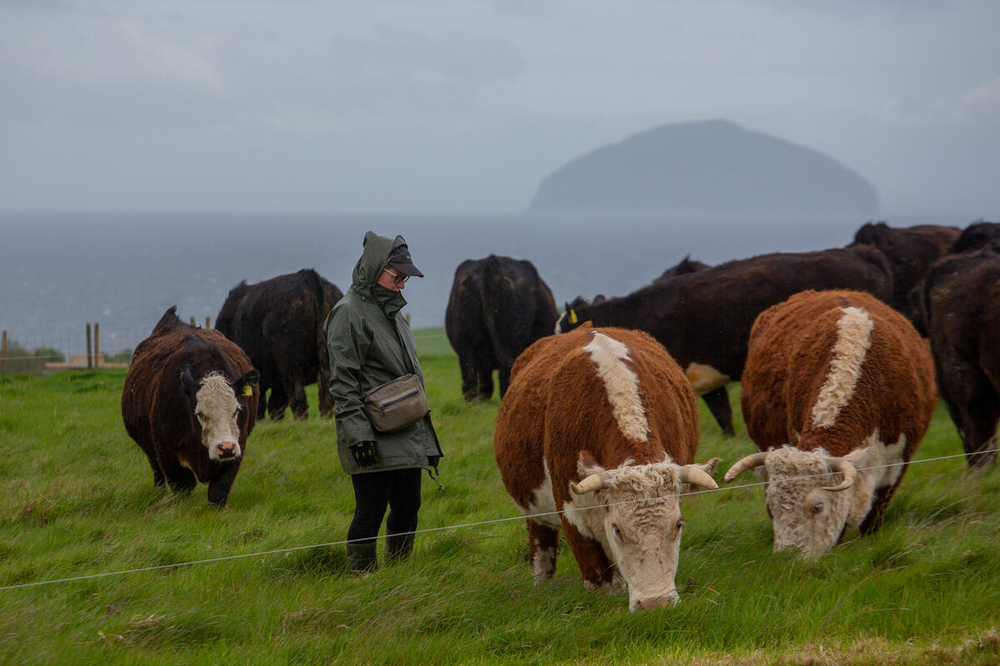
The campaign
Farming is Scotland’s second biggest source of climate emissions after transport, and it’s also a major cause of biodiversity loss. Yet our current farm funding system, a legacy of the EU Common Agricultural Policy, does very little for nature or the climate. Most of the money is spent on area-based ‘direct payments’, for which farmers are required to meet very few environmental conditions, and which disproportionately benefit a small number of large landowners while smaller scale farmers and crofters lose out.
The Farm for Scotland’s Future campaign had three overarching ‘asks’ of the Scottish government:
- Replace the decades-old farm funding system with one that works for nature, climate and people.
- Ensure at least three quarters of public spending on farming supports methods that restore nature and tackle climate change.
- Support all farmers and crofters in the transition to sustainable farming.
Over the two years of the campaign, we produced a report making the case for change, held a reception for MSPs in the Scottish parliament, held meetings at political party conferences, ran webinars, published dozens of blogs and videos on some of the many ways in which farming and our natural environment are intertwined, and generated a steady stream of media coverage putting across the evidence and the arguments for a better system.
Through thousands of petition signatures, emails to MSPs, letters and powerful personal messages to Cabinet Secretary Mairi Gougeon, campaign supporters in every part of the country made it clear that farming, and its interaction with nature and the climate, matter to Scotland’s people.
And the environment, farming and food organisations backing the campaign met with MSPs, government ministers and civil servants working on agriculture policy, presenting our case and putting forward proposals on the detail of the new legislation.
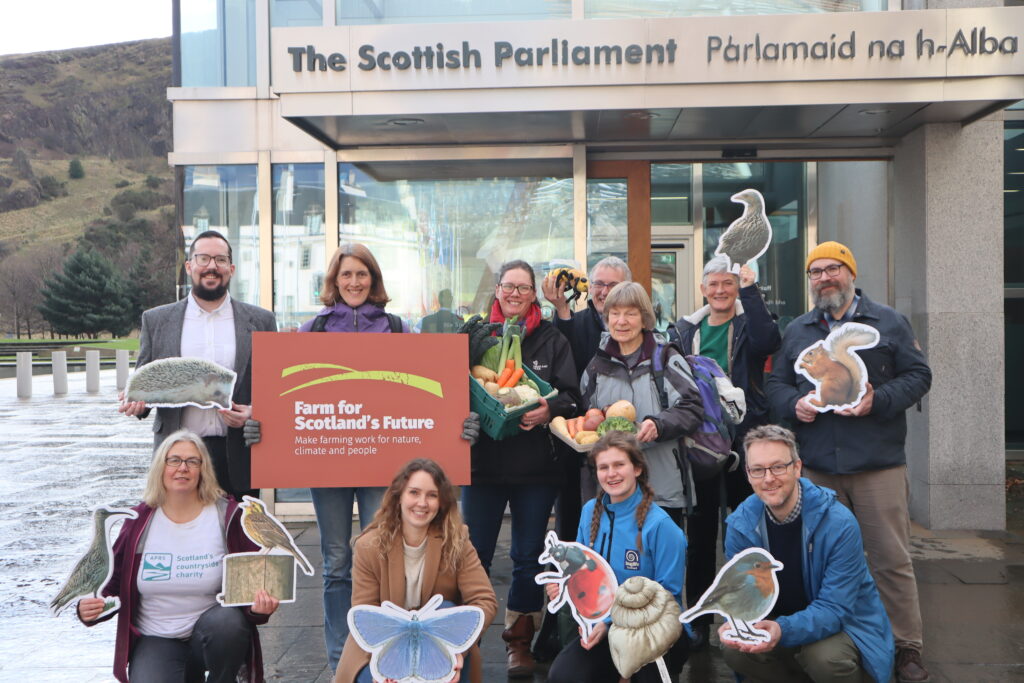
The Agriculture and Rural Communities Bill
The Agriculture and Rural Communities Bill is a ‘framework’ bill giving government ministers powers or duties to bring in more detailed legislation, and so the bulk of policies, guidance and legislation will be developed now that the bill has passed. Crucially, it’s not yet clear how funding will be distributed – more about that below.
However, since it creates a framework, a bill like this is an important opportunity to set a clear direction of travel for farming policy. We worked hard to push for improvements to the bill as it made its way through parliament, liaising with MSPs across political parties. This advocacy resulted in many of our priorities being debated and voted on, and we achieved some significant wins.
We pushed for targets to reduce the impact of agriculture on the environment, and as a result the bill was amended allowing government ministers to set such targets. These could include targets to reduce overall pesticide use, reduce carbon emissions, increase biodiversity and increase organic farming. Unfortunately, the bill says ministers ‘may’ set targets, rather than obligating them to do so. Over the next few months we’ll continue to call for strong targets, and pathways to meeting them, to be included in the government’s Rural Support Plan, which will set out many of the details of farming policy and support over a five year period.
We argued that the bill should contain more detail about what must be included in the Rural Support Plan, including details of financial support schemes. An amendment making this change was also passed, which should help give farmers and crofters greater clarity on the aims of Scottish farming policy, what support is available to them, and what they’ll need to do in order to access it.
We also argued that government ministers should be required to take independent expert advice when preparing the Rural Support Plan, from organisations such as NatureScot, the Climate Change Committee and Food Standards Scotland, as well as representatives from farming, crofting and rural communities. This was partially successful, with requirements to consult some of these bodies – but notably, not the Climate Change Committee – added to the bill.
We called for better monitoring, evaluation and reporting requirements for farm funding schemes. This change also made it into the final bill, which will make the way the Scottish government’s farming budget is spent more transparent, and should, we hope, mean the funding system evolves and improves over time.
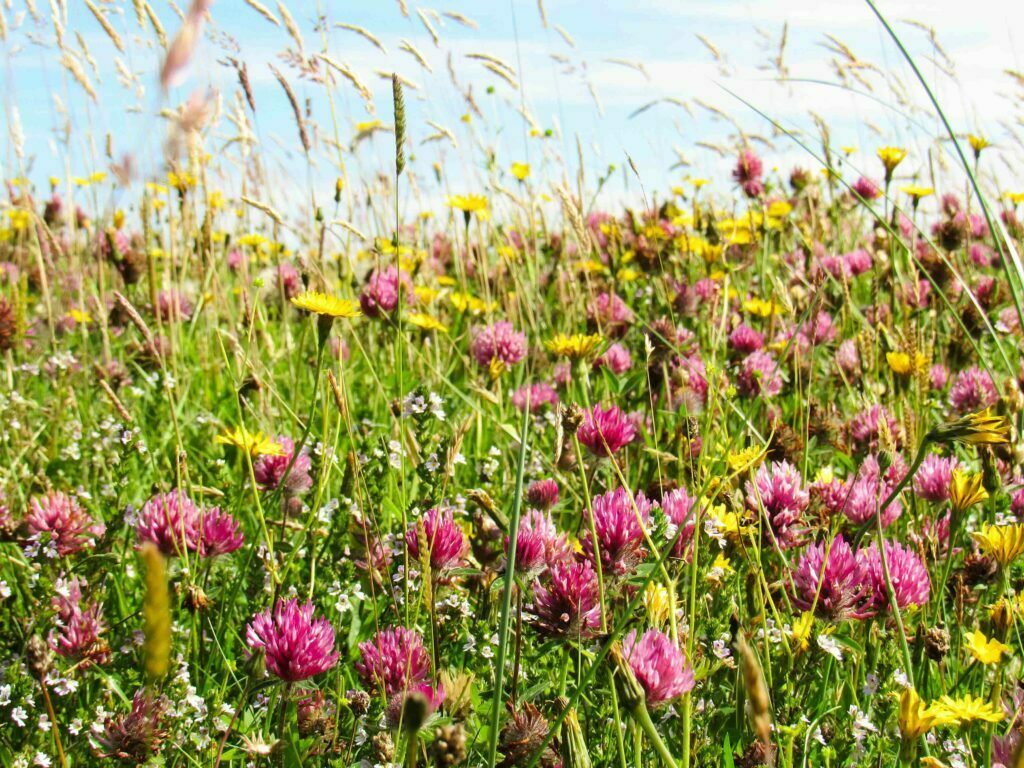
Support for small scale farmers and crofters
We also argued for measures to redistribute funding in order to better support smaller scale farmers and crofters, including by paying them a higher rate of area-based payments on the first few hectares they claim. At present, payments are heavily weighted towards those with the most land – 20% of those claiming payments receive 60% of the overall budget, while the bottom 40% of claimants receive just 5%.
While we want to see a move away from paying farmers based on how much land they have, we suggested these amendments in the knowledge that area-based payments look set to remain part of the system, and with a view to making them fairer and more effective.
Small scale farmers are inherently economically disadvantaged in the current system, and yet they are typically better placed to adopt nature-friendly farming practices. They often have more biodiversity and rely less on chemical inputs. So, better support for these farmers could be good for nature.
Sadly, these amendments did not pass the final vote to be included in the bill. We will continue to call on the Scottish government to introduce redistributive mechanisms within the Rural Support Plan.
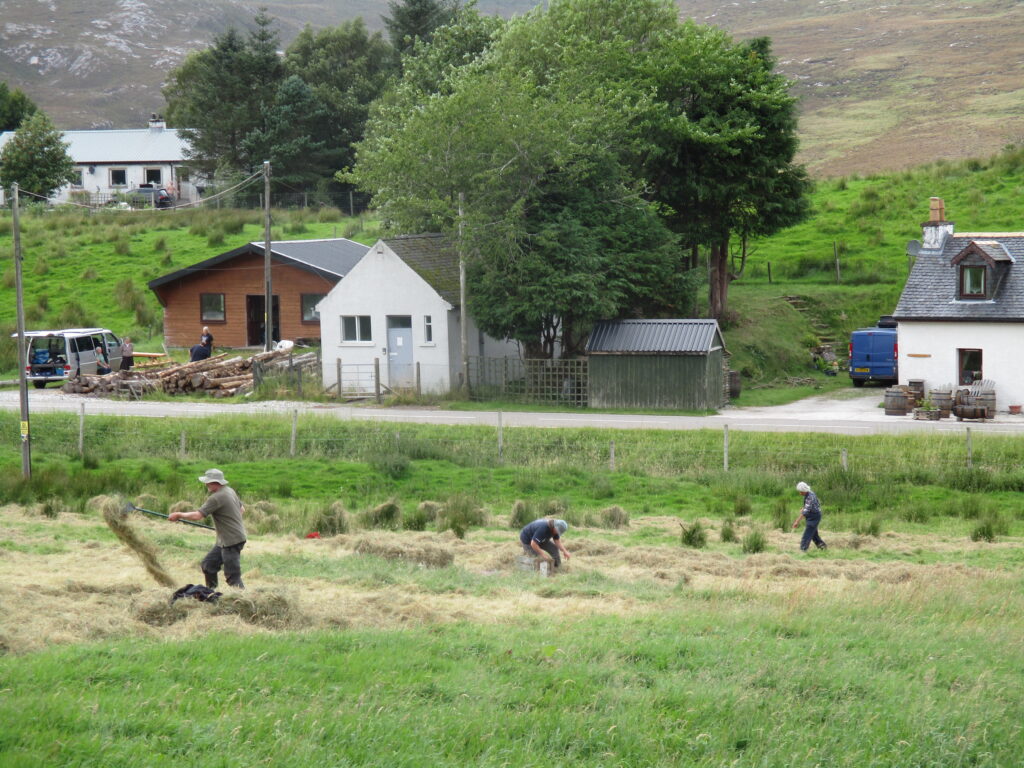
Big questions remain on how the money will be spent
Central to the Farm for Scotland’s Future campaign has been the call for a much higher proportion of public spending on farming to support methods that help restore nature and tackle climate change. The Scottish government’s own analysis shows that the way it currently funds farmers is unfair, and doesn’t support those who want to help the environment.
But in February this year, the First Minister announced that under the new system 70% of the budget would be spent on area-based payments, which would leave only 30% for climate and nature initiatives and for things like innovation, advice and cooperation for the farming sector.
Farmers and crofters have a major role to play in restoring Scotland’s nature and reducing climate emissions, and the proposed distribution of funding, although better than what we have at present, simply won’t enable them to make the changes required.
Further announcements are expected on how the money will be spent, and we’re urging the Scottish government to take this 70/30 split as a starting point, and to move over the next few years towards spending a greater proportion of the budget on supporting farmers and crofters to produce food in ways that help nature and the climate.
It’s also not yet clear what conditions will be attached to the area-based payments under the new system. We’re calling on the government to set higher requirements for farmers and crofters to do things to benefit biodiversity and reduce emissions (where they aren’t already doing so) in order to receive these payments.
If they are set with ambition, and are flexible enough to work for the many different kinds of farms and crofts across Scotland and the diverse environments they’re part of, such conditions could make a real difference.
However, there’s another big question mark around UK government spending on farming. The Scottish government’s farming budget is determined by what the UK government allocates to it, and so far there has been no commitment from Westminster on whether current levels of funding will be maintained.
We believe that spending on agriculture across the UK needs to increase in order to help farmers to farm sustainably, and that the proportion of this funding allocated to Scotland should be maintained or increased.

The road ahead
Our campaign, and all of the people who contributed by writing letters, signing petitions and spreading the message, have helped to show that farming, nature and the climate are inextricably linked. Together we’ve shown that farming matters to Scotland’s people, and that people want farmers and crofters to be supported to meet the huge challenges we face in the transition to a more sustainable society.
The Agriculture and Rural Communities Bill makes some important steps in the right direction. And while the questions about how public money will be spent remain unresolved, the debate has shifted. There’s still a long way to go to make farming work for nature, climate and people, but they journey has begun.


